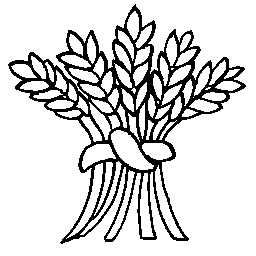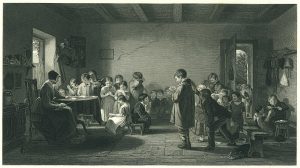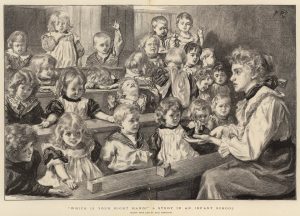Setting the SceneIn the 18th CeNtury and the early decades of the 19th Century the different governMents of the time considered that it was not the role of the government to be responsible for education. This resulted in schooling being provided for thos who could pay for it, different charities and community volunteers or there been no provision at all. This was often the case for working class families or the poor.
By the 1860’s the Government had increased its interest and involvement in schools mainly due to the increase in the number of schools, the number of pupils attending them, the value placed on schooling to address ‘child labour’, concerns about criminal activity by young people, the increased appreciation education contributed to ‘good’ citizens and and the increase in grant values. As a result of this in 1862 the Government legislated by producing Standards in Education that became known as the ‘Revised Code’. The term “Revised Code” refers to a specific set of educational regulations, not a general term. The Revised Code, also known as ‘Lowe’s Code’, significantly changed how Elementary Education was funded and assessed in England and Wales. It was called “revised” because it altered previous practices and the funding system for Elementary Schools. The code focused on payment-by-results, meaning schools received funding based on student performance in standardized tests. This system was a departure from previous methods of funding and inspection, and thus the term ‘revised’ reflects the change it introduced. It stipulated that every scholar for whom grants were claimed must be examined according to one of six ‘standards’ in reading, writing and arithmetic. However, the rigid monitorial system, rote learning practices, and its emphasis on passing examinations rather than quality education, though economical, came to be viewed by inspectors as limited. The weaknesses and criticisms of this 1862 approach resulted in the publication of The Revised Code of 1872. This was not a replacement of the 1862 Revised Code, but rather a revision and modification of it. The 1872 revisions aimed to address some of these criticisms, introducing changes to encourage a broader range of subjects and improve the quality of education. |
Robert LoweIn 1859, Lowe went to the Education Office as Vice-President of the Committee of the Council on Education in Lord Palmerston’s ministry; there he pursued a vigorous policy, insisting on payment by results, and bringing in the revised code (1862), which embodied this principle and made an examination in “the three R’s” the test for grants of public money. |



